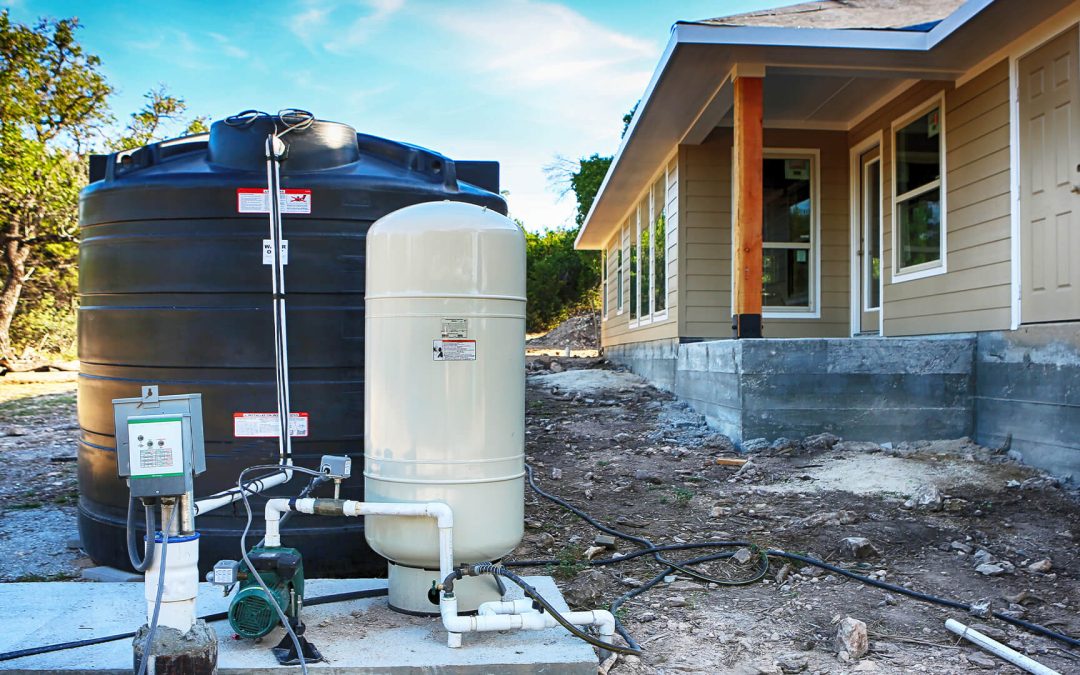Sewage is a significant environmental concern when it comes to the quality of water from wells. Wells are a common source of drinking water for many communities, and when sewage contaminates these sources, it can have severe health consequences. In this article, we will discuss the effects of sewage on water from wells and the steps that can be taken to prevent contamination.
Effects of Sewage on Water from Wells
When sewage contaminates a well, it can introduce harmful microorganisms such as bacteria, viruses, and parasites. These microorganisms can cause a range of health problems, including gastrointestinal illnesses, skin infections, and respiratory infections. The presence of sewage in well water can also lead to an unpleasant taste and odor, making the water unappealing for consumption.
Sewage can contaminate wells in a variety of ways, such as faulty septic systems, leaky sewer lines, and poorly designed wastewater treatment facilities. In rural areas, septic systems are often the most common source of sewage contamination. When septic systems fail, they can leak sewage into the ground, where it can seep into nearby wells.
Preventing Sewage Contamination
Preventing sewage contamination of well water requires a combination of proper well construction and maintenance, regular testing, and effective sewage treatment. Some of the steps that can be taken to prevent sewage contamination include:
- Regular testing: Testing well water for bacteria and other contaminants is essential to detect any potential issues early on. This testing should be done at least once a year, and more frequently if there are concerns about water quality.
- Proper well construction: Wells should be constructed to prevent surface water, such as rain and runoff, from entering the well. Proper well caps and seals can also help prevent contamination.
- Proper maintenance of septic systems: Regular maintenance of septic systems can help prevent sewage from leaking into the ground and contaminating nearby wells. Septic systems should be pumped every three to five years, and any necessary repairs should be made promptly.
- Effective sewage treatment: Wastewater treatment facilities should be properly designed, operated, and maintained to ensure that sewage is treated effectively and does not contaminate nearby wells.
Conclusion
Sewage contamination is a serious issue that can have severe health consequences for those who rely on well water for drinking and other purposes. Proper well construction and maintenance, regular testing, and effective sewage treatment are all essential in preventing sewage contamination. Communities must take proactive steps to protect their water sources and ensure that their drinking water is safe and free from contamination.

